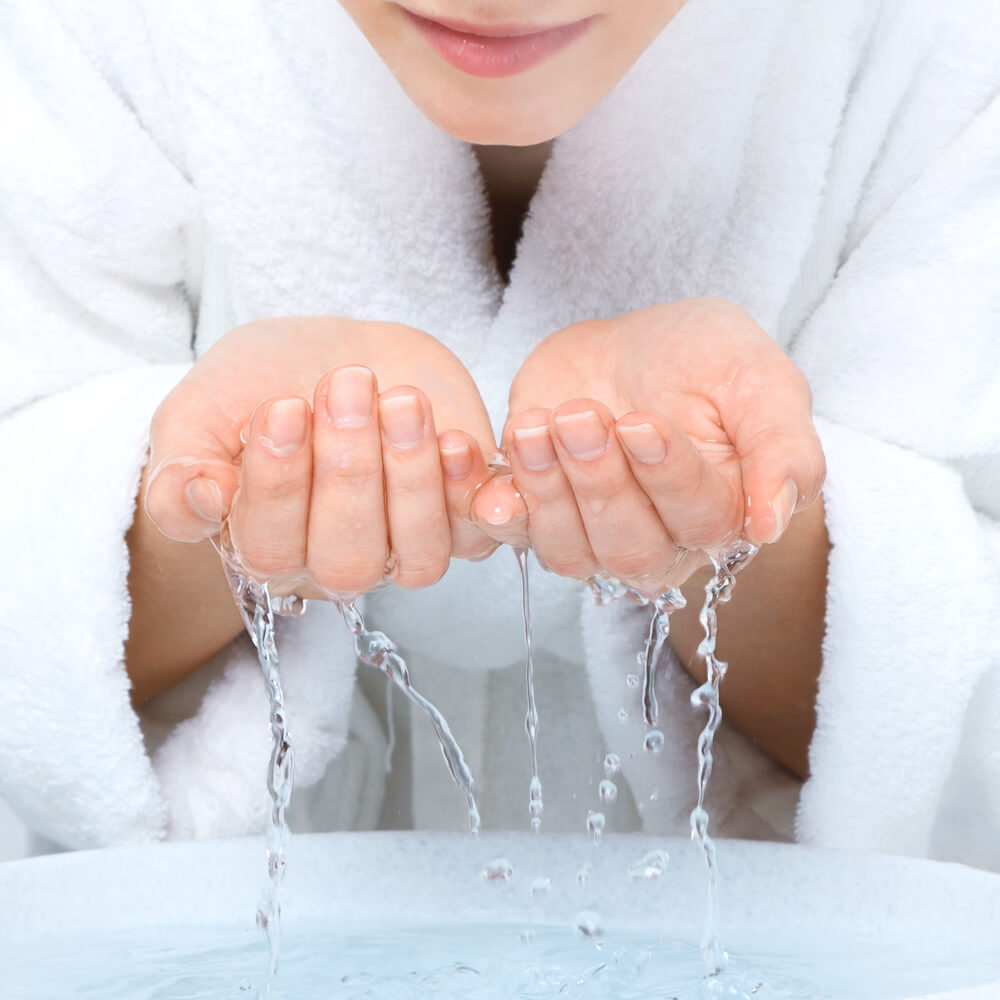 Hard water is a problem in many areas that causes issues. Correcting or fixing hard water is relatively easy, but not everyone realizes how simple it is. Hard water is, plain and simple, water with a lot of dissolved minerals, especially calcium and magnesium.
Hard water is a problem in many areas that causes issues. Correcting or fixing hard water is relatively easy, but not everyone realizes how simple it is. Hard water is, plain and simple, water with a lot of dissolved minerals, especially calcium and magnesium.
Problems Caused by Hard Water
Hard water can cause a number of problems, including:
- The need to use more soap or laundry detergent to get things clean.
- Cloudiness on dishes and glassware.
- The formation of deposits of calcium carbonate in your water heater, reducing its efficiency and shortening its life.
- The formation of residue in your coffee maker.
- Long term buildup of scale in your pipes, affecting your water pressure.
- Limescale buildup on bathroom fittings and pipes.
- It can affect the taste of drinking water in a way that bothers some people.
- Hair can become duller and less attractive.
- It can damage your clothes, fading the color.
- Your skin can feel dry and itchy.
Hard water is not a health problem and, in fact, calcium and magnesium in drinking water can be beneficial. However, it can definitely be an issue for your equipment and plumbing. The hardness of your water depends on local geology. Indeed, the more limestone in your area, the harder the water. In the United States, about 85% of households have hard water. And yes, if you have a well, you can have hard water.
How Do You Know if You Have Hard Water?
Most people realize they have hard water because of the issues above. You can also get a water test done for about $90, which will not just tell you how hard your water is but what else is going on with it. (This is generally a good idea to do regularly if you have a well). In some cases, you can get a free test from a water softener or filter company.
How Do You Correct Hard Water?
Hard water is generally corrected by installing a whole house water softener. The water softener has two tanks, the softener tank and the brine tank. Incoming water runs through the softener tank, which is filled with resin beads that have a negative charge. This attracts the minerals in the water, which is called ion exchange. When the beads lose their charge, the softener tank is flushed by using salty water from the brine tank. Salt has to be added to the tank about once a month.
Reverse Osmosis Filter
There are two downsides to this system. First, if somebody is on a low sodium diet, the salt released into the water system from the brine tank can cause health problems. This can often be corrected by installing a reverse osmosis filter to take care of the salt. Second, the salt released by the system has been known to cause corrosion downstream. This is causing some jurisdictions to ban salt-based water softeners.
Water Conditioner
The alternative is a water conditioner, which does not remove the minerals from the water, but rather adds chemicals to form insoluble precipitates and change the calcium and magnesium so they don’t cling to anything. This is done using polyphosphates, which are completely safe. This is a good option if you don’t want salt in your water or if you would rather keep the calcium and magnesium (which can be beneficial) in your drinking water.
Conclusion
Both of these methods can be effective, and which one you use depends on your preferences and needs. You should talk to water softening professionals before making a decision and get your water tested to see what technology they recommend for you. If you think you have a hard water problem, contact Advanced Water Softening today.





